
How to Ride Smooth, Strong, and in Control in Your Paceline
By Tom Danielson, Owner and Coach-CINCH Cycling This past weekend I spent some time in a fast group doing paceline work in extremely windy conditions. It was one of those
Your pre-ride carbs are not just “calories.” They are the fuel your engine needs to run.
Once you’re riding, carbs per hour are simply padding. What you take on during the ride should not be viewed as putting in exactly what you need to use.
The carbs you eat during the workout keep:
Your blood glucose stable
Your brain sharp
Your muscles supple and energetic
Your power delivery smooth
But if you didn’t fuel properly going in, all the carbs in the world mid-ride can’t rebuild what isn’t there.
Mid-ride fueling helps preserve performance.
It does not create it.
This is where most riders lose the plot.
You finish a hard ride and think the work is done, but it’s just the first half. Here is a critical time to replenish the glycogen in your muscles with carbohydrates.
Your post-ride fueling impacts:
The fuel you have to train with the following day
How well you adapt to training effort
The speed of your metabolism
Your energy level and mood
Your muscle soreness
The bottom line is that your post ride carbs are for your progress.
If you skip them you are just holding yourself back!
The CINCH system teaches athletes to fuel with carbs in Three Phases:
Purpose | Timing | Composition |
Load Pre-Ride Fuel | 2 – 3 hours before your workout, ride, or event | About 30% of your daily carb intake should come in the pre-ride meal. A rough estimate that works for most people is try and get 1/2 of your body weight (lbs) in carbs (g). |
Pad Storages with during Fuel | Every 45 mins to 1 hour | 30-60 grams per every 45-60 mins works well for many people. |
Replenish Post-Ride Fuel | 30 mins to 1 hour after the workout. | Like your pre-ride meal, about 30% of your daily carb intake should come in the post-ride meal. A rough estimate that works for most people is try and get 1/2 of your body weight (lbs) in carbs (g). |
In other words, timing is everything.

Super Simple Banana Pancakes
Ingredients:
1 large ripe banana
2 large eggs
1⁄2 cup oats
1⁄4 tsp cinnamon Dash of almond milk
Instructions:

Coconut Chicken Curry in a Hurry
Ingredients:
2 pounds boneless, skinless chicken breasts or thighs (about 4 breasts or 7 thighs), cut into 1″ cubes
1 cup of cooked white rice
2 1/2 teaspoons mild curry powder
1 1/2 teaspoons kosher salt
1/2 teaspoon freshly ground black pepper
2 tablespoons virgin coconut or vegetable oil (plus 2 teaspoons; optional)
1/2 medium onion, chopped
1 (14-ounce) can coconut milk (preferably full-fat)
1 (2 1/2″) piece ginger, peeled
4 garlic cloves, peeled
1/4 cup raw cashews, chopped (optional)
1 1/2 teaspoons yellow and/or black mustard seeds (optional)
5 ounces baby spinach
Cilantro leaves with tender stems and cooked rice or naan (Indian flatbread; for serving)
Instructions:
1. Toss chicken with curry powder, salt, and pepper in a medium bowl.
2. Heat 2 Tbsp. oil in a large skillet (at least 12″ in diameter) over medium-high. Add onion and cook, stirring, until softened, about 2 minutes.
3. Purée coconut milk, ginger, and garlic in a blender until very smooth.
4. Add chicken and coconut milk mixture to skillet and cook, tossing occasionally, until chicken is cooked through and sauce has thickened, 7-10 minutes.
5. Meanwhile, if using, heat 2 tsp. oil in a small skillet over medium. Add cashews and mustard seeds and cook, stirring, until fragrant and lightly browned, 2–3 minutes. Immediately transfer mixture including the oil to a small bowl.
6. Fold spinach into chicken mixture and cook until wilted, about 1 minute. Divide among 4 bowls.
7. Top with cilantro and cashew mixture, if using. Serve with rice or naan alongside. Tip- Make double for the week ahead. Add any seasonal veggies for an extra boost of nutrition
Tom Danielson Tom Danielson is a former Tour de France Cyclist, author, entrepreneur, cycling coach and the founder and CEO of Cinch Cycling INC.

By Tom Danielson, Owner and Coach-CINCH Cycling This past weekend I spent some time in a fast group doing paceline work in extremely windy conditions. It was one of those
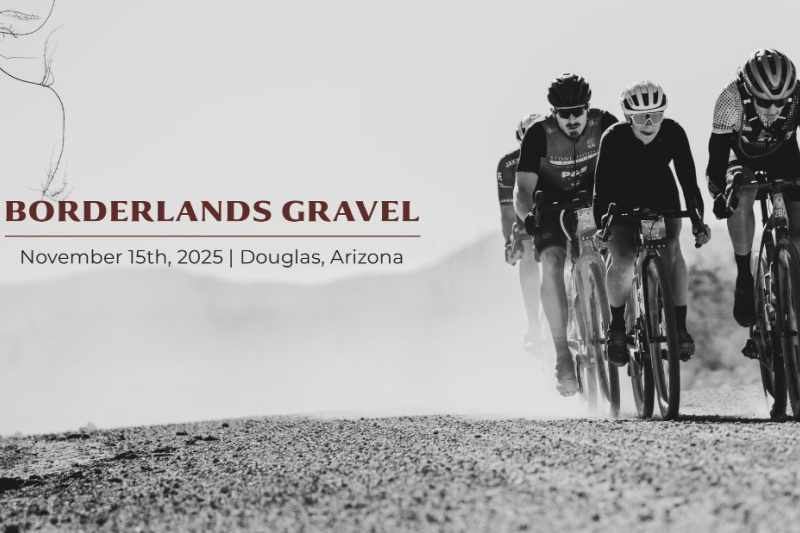
Grit, gravel, and adventure in the Arizona-Sonora borderlands. Race hard and experience the untamed beauty of BorderLands Gravel. November 15, 2025 There are rides that challenge your body, and then
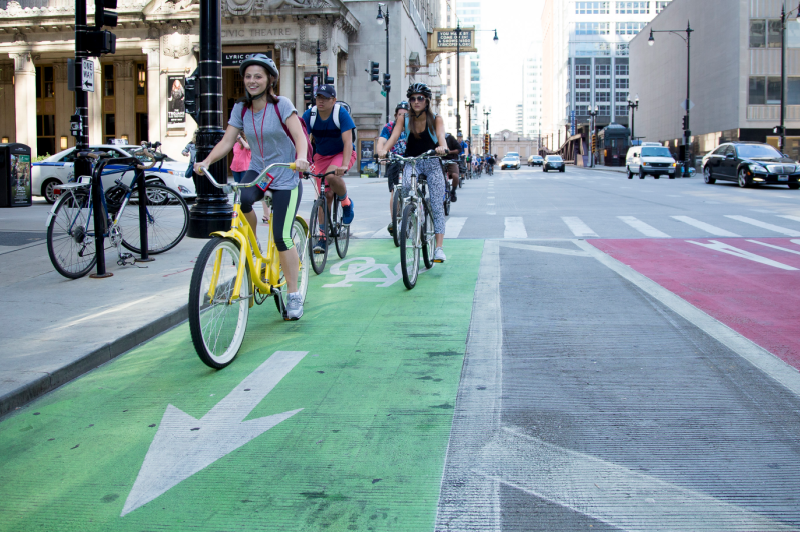
You’re scrolling the comments under an article about a new bike lane and there it is: “No one uses them!” Or maybe you’re riding peacefully down a calm urban street when a
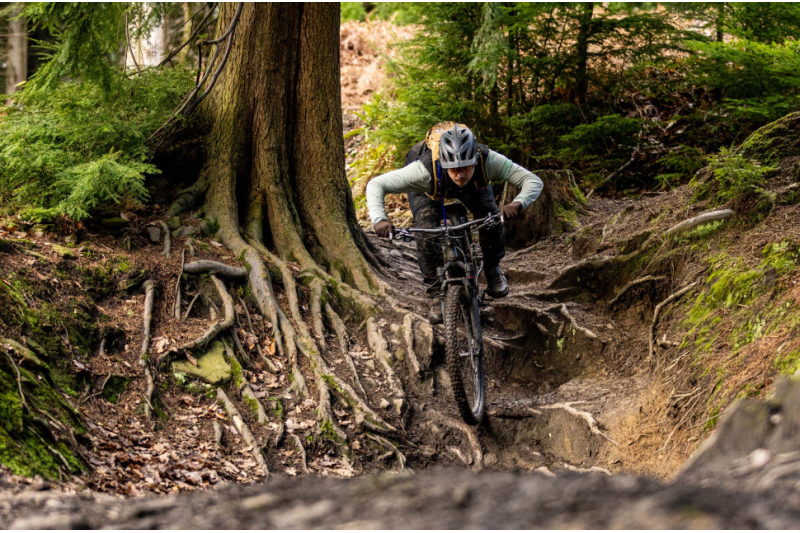
By Liam Mercer Stop slipping and start shredding with this guide to how it is done. At the best of times, roots are pretty hard work. They’re lumpy, hard, and
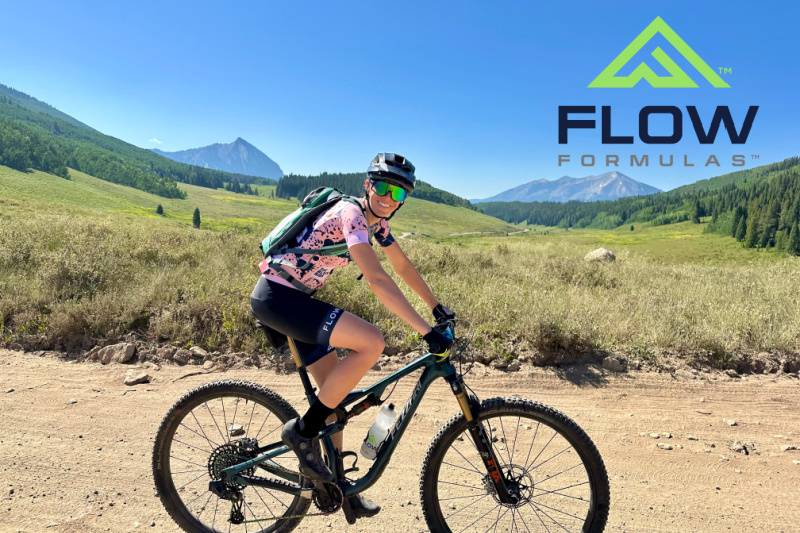
Ahead of the curve on the high-carbohydrate fueling trend, Flow Formulas helps athletes consume higher carb loads efficiently while minimizing gastrointestinal discomfort. Every product is precision-designed to deliver sustained energy
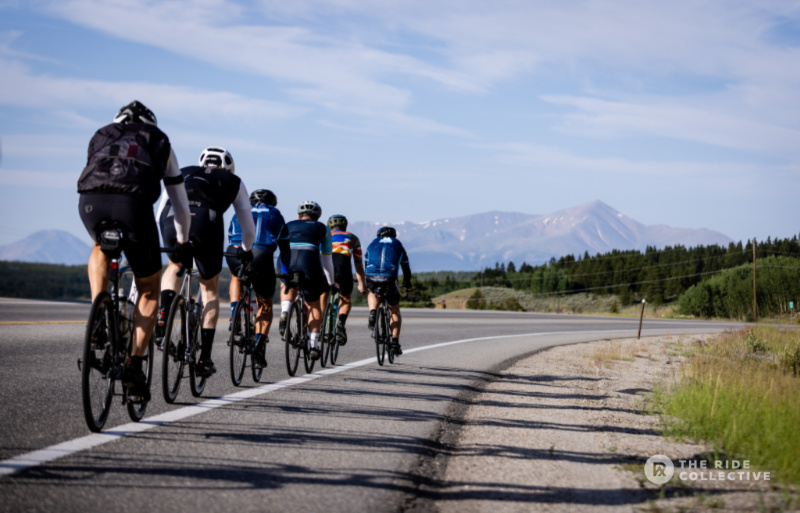
Admit it, you started to read that title to the tune of Paul Simon’s “50 Ways to Leave Your Lover”. At AvidCyclist.com, we believe the bike is a passport —